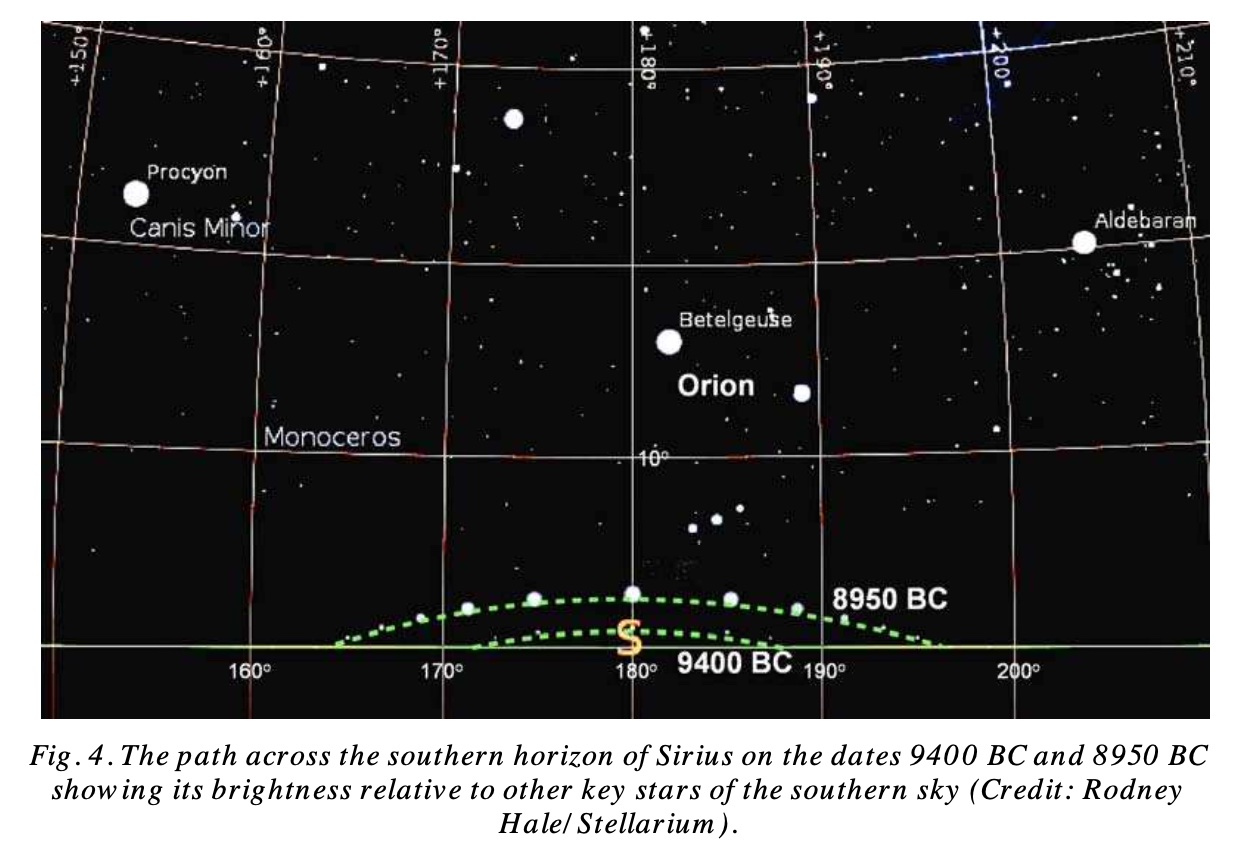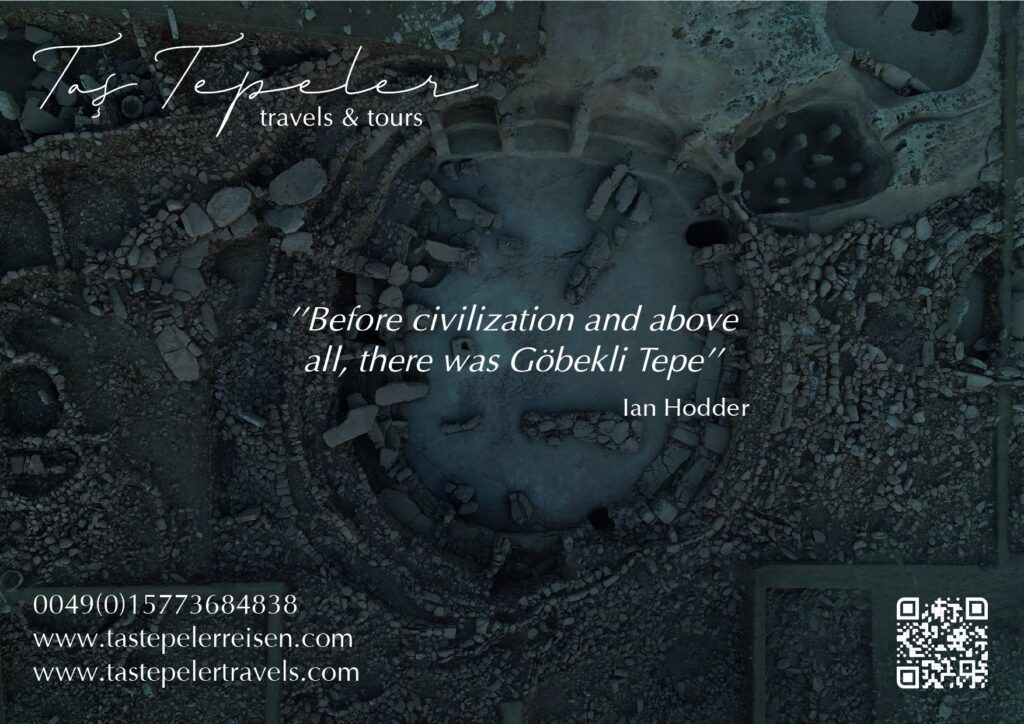
Göbekli Tepe is the site of a series of stone enclosures built during the tenth and ninth millennia BC on an isolated mountaintop in southeast Anatolia (Turkish Asia Minor). Speculation has mounted regarding their orientation towards stellar objects, with Orion and Cygnus having already been proposed. Sirius is the latest star to be put forward as the primary focus of key monuments at the site. Yet such a conclusion is thwart with problems, not only in connection with the faint appearance and feeble movement of the star during the epoch in question, c. 9500-9000 BC, but also with respect to the orientation and layout of the enclosures themselves. Instead of being orientated to the south, the direction of Sirius, the enclosures are more likely directed to the north, the direction of liminal activities since the Upper Paleolithic age. In this respect, a more suitable stellar candidate for the orientation of the enclosures is Deneb, the brightest star in Cygnus, which marks the opening of the Milky Way’s Dark Rift, seen universally in the past as an entrance to the sky-world.


